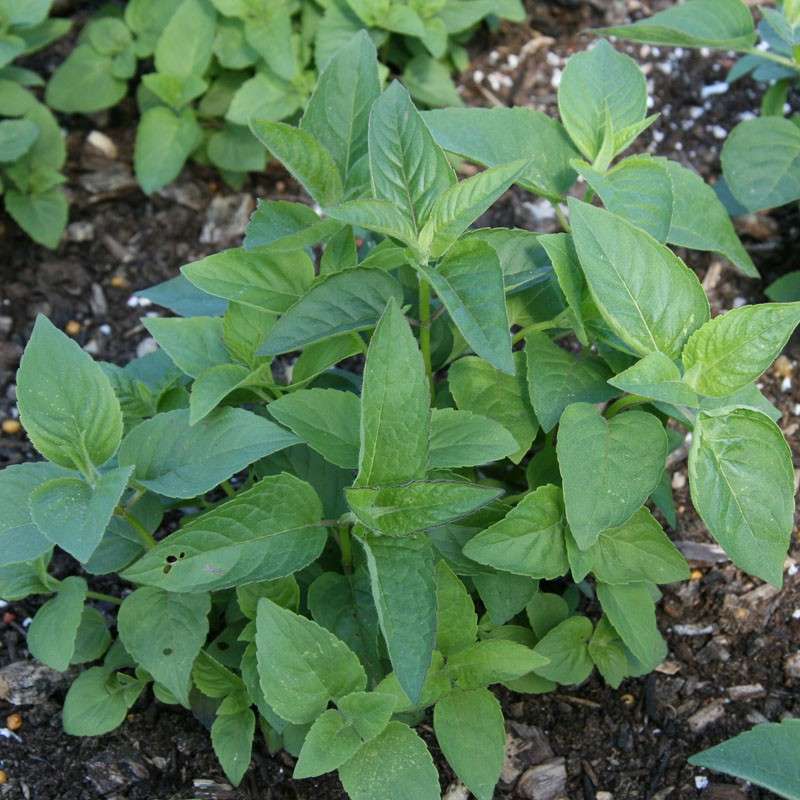
Description
A wildflower in the mint family is the wild bergamot, sometimes known as bee balm. With its striking pink to lavender summer flowers, this plant is also utilized as an ornamental for gardens, a medicinal plant, and a honey plant. In rich soils found in dry fields, thickets, and clearings, wild bergamot typically thrives on limey soil.
The perennial herbaceous wild bergamot plant bears clusters of pink or purple blooms. The wild bergamot stem has a square form, similar to that of many other plants in the mint family. You can feel the square’s ridges if you roll the stem between your fingers.
Habitat
The geographic distribution of Monarda fistulosa extends from Quebec to British Columbia, the Northwest Territories, and south to Georgia, Arizona, Texas, Idaho, and northeastern Washington. In rich soils found in dry fields, thickets, and clearings, wild bergamot typically thrives on limey soil.
Uses
For high blood fat or cholesterol levels, bergamot is utilized. It has been suggested to treat a variety of other conditions, including joint pain, anxiety, and mental clarity, but these other uses are not well supported by research. Bergamot should not be confused with other citrus fruits like sweet and bitter oranges.

Varieties
Here are a few popular varieties of bee balm:
Monarda didyma ‘Jacob Cline’ attracts hummingbirds and has brighter crimson flowers than the species.
The bee balm Monarda didyma ‘Pardon My Lavender’ has lavender-pink flowers and grows to a height of 14 to 18 inches. Notably, it resists powdery mildew.
Monarda fistula ‘Claire Grace’ is renowned for its strong resistance to powdery mildew and has darker purple flowers than the pure M. fistula species.
Purple flower bracts ornament the 3- to 4-foot hybrid cultivar Monarda ‘Scorpion’. It thrives in zone 3 and is extremely resistant to cold.
The 2- to 3-foot-tall hybrid Monarda ‘Marshall’s Delight’ has clear pink flowers. It resists powdery mildew quite well.
The hybrid variety Monarda ‘Vintage Wine’ is 2 to 3 feet tall and has wine-red blooms.
The 1- to 2-foot-tall Monarda ‘Purple Lace’ hybrid has purple-red flowers.
Monarda pringlei is a smaller variant with flowers that are frequently red or pink. It only grows to a height of approximately 18 inches.
Other powdery mildew-resistant monardas include “Colrain Red,” “Raspberry Wine,” “Rose Queen,” “Rosy Purple,” and “Violet Queen.”
Plant Care
- Light
Bee balm grows best when it receives at least six hours of full sun per day, though it can tolerate some shade. Excessive shadow is known to cause a plant to become lanky and frequently lessen the quantity or brightness of its flowers. But in hotter, drier climates, bee balm plants thrive best when shaded from the afternoon light.
- Soil
Planting your bee balm in rich, moist soil with a pH of 6.0 to 7.0 will ensure its success. The majority of garden soils are perfect for bee balm. Compost or manure can be added to deficient soil if needed in order to improve its nutrients, loosen up the soil, and encourage the growth of bee balm. For this shallow-rooted plant, you can additionally cover the soil with a layer of mulch to keep it moist.
- Water
Because it is a moisture-loving plant, bee balm prefers soil that is constantly humid. As a result, you should plan to water the plant at least once a week, depending on your climate and region, and never let the soil dry out. Maintaining a regular watering schedule during the plant’s first year is crucial since it helps the plant build a strong root system. Bee balm may thrive with a weekly supply of one inch of water, as is the case with most gardens. Water at ground level and keep leaves from getting damp to minimize powdery mildew issues.
- Temperature and Humidity
As long as it is grown in its appropriate USDA zone, which is zones 3 through 9, bee balm is not very finicky about temperature or humidity levels. In order to lower disease rates, it favors somewhat dry air, adequate air circulation, and water at ground level. Despite the fact that bee balms can withstand extreme heat or color, high humidity can raise the risk of illness.
- Fertilizer
You can give your bee balm plants an extra boost of nourishment each spring by fertilizing them with a balanced 10-10-10 mixture, even though it’s not necessary for the plant to thrive. Avoid over fertilizing as this may cause less blooming. To determine the right amount to use, refer to the product label instructions.
Table





